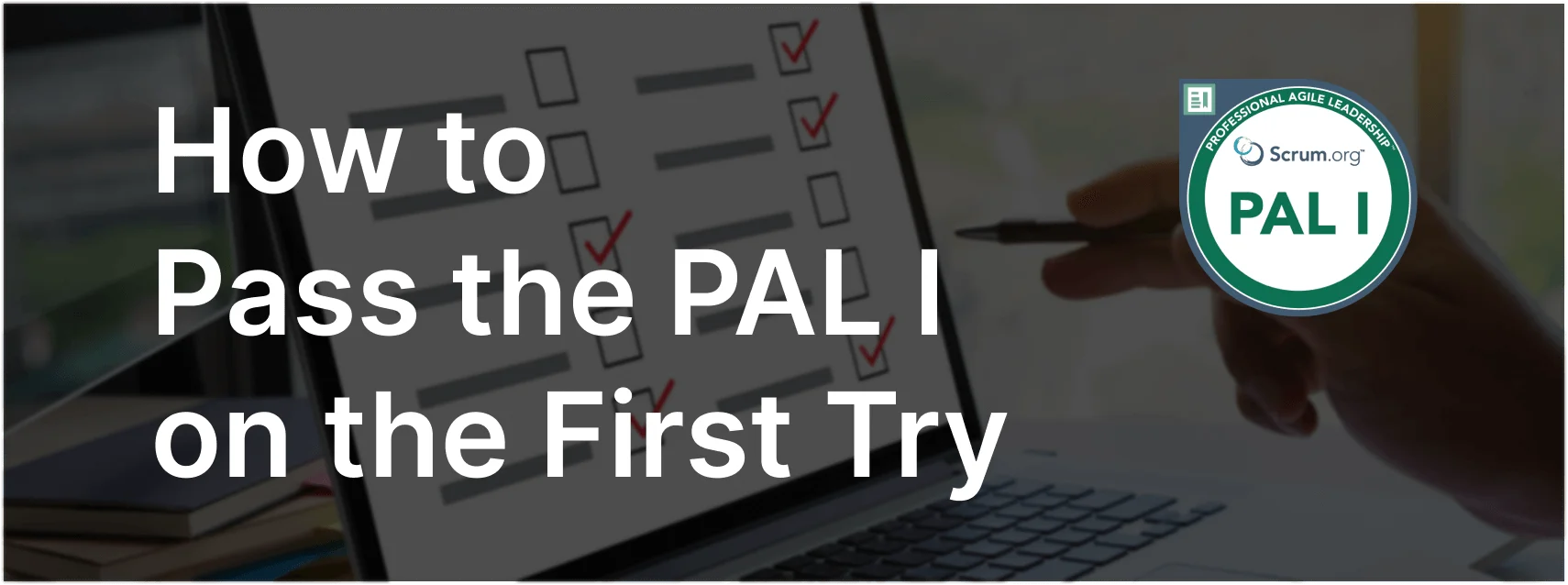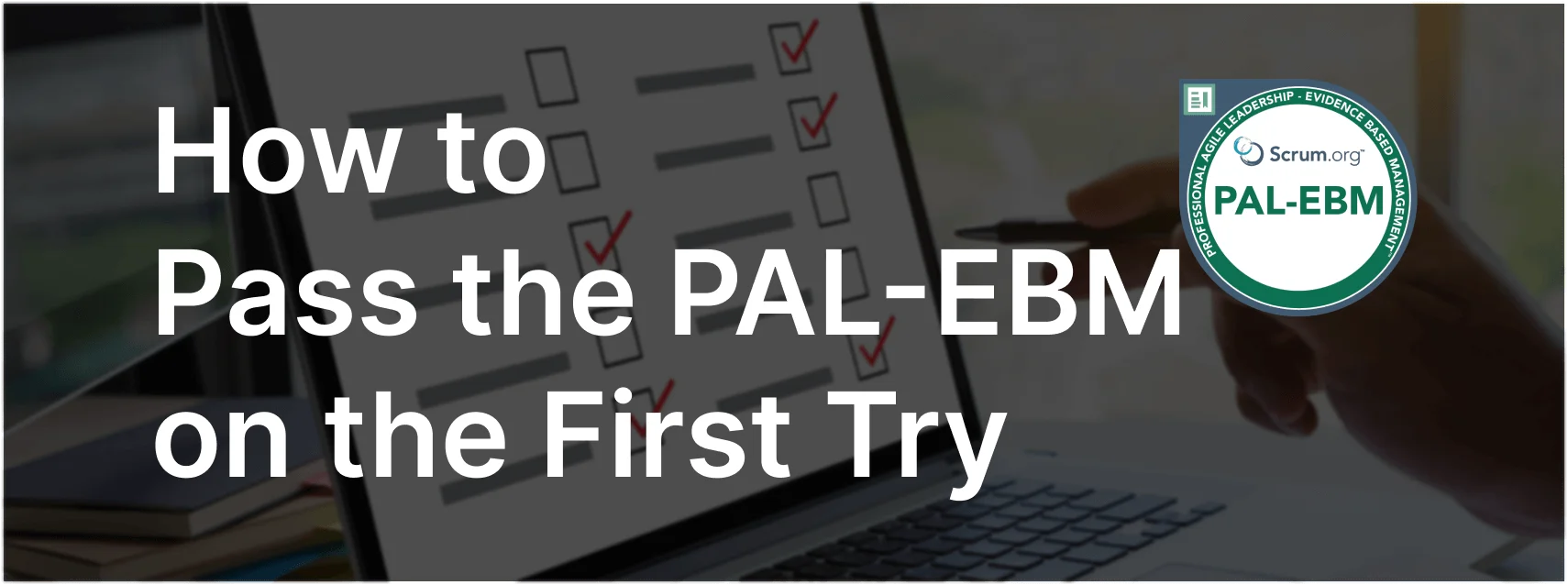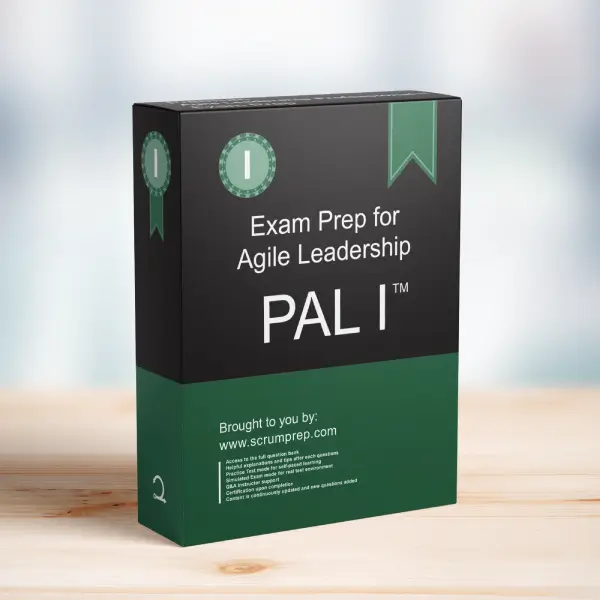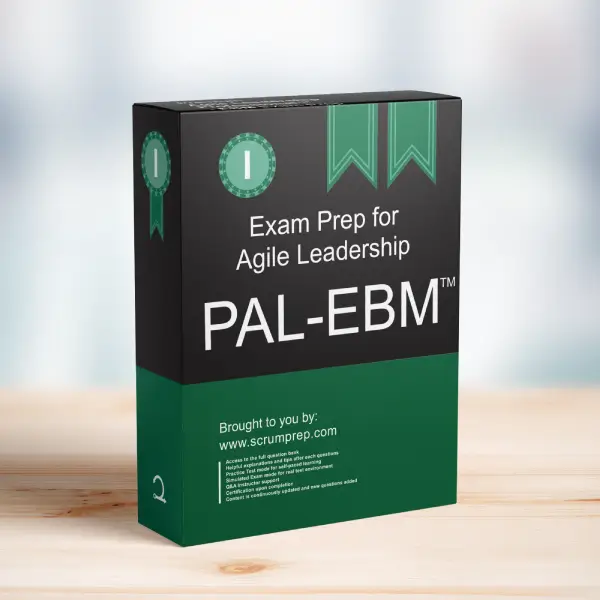Allocating Funding for Development Work
When managing multiple products with different market dynamics, it’s essential to allocate funding strategically to maximize growth and customer satisfaction. This article explores the best approach to funding allocation for development work.
Exam Question
Your company has two products: one highly-successful established product with high market share in a slow-growing market, and a new product in an emerging market that is growing very quickly. How should you allocate the funding for development work between these two products?
(choose the best answer)
A. Fund based on customer requests for new product features.
B. Set budgets as a percentage of expected product revenues for the year.
C. Fund to close specific/user satisfaction gaps for each product.
D. Fund maintenance work on the established product and budget the rest for the new product.
Correct Answer
C. Fund to close specific/user satisfaction gaps for each product.
Explanation
Correct Answer
C. Fund to close specific/user satisfaction gaps for each product:
Allocating funding based on closing specific customer and user satisfaction gaps ensures that resources are directed towards the areas that will have the most significant impact on customer value and market performance. For the established product, this might mean focusing on maintaining customer satisfaction and loyalty, while for the new product, it could involve rapidly addressing emerging needs and capturing market opportunities.
Why the Other Options Are Less Relevant
A. Fund based on customer requests for new product features:
While customer requests are important, they may not always align with the strategic goals or the most critical satisfaction gaps. Prioritizing funding based on satisfaction gaps provides a more focused approach to delivering value.
B. Set budgets as a percentage of expected product revenues for the year:
Budgeting based on revenue percentages can be arbitrary and may not reflect the actual needs or potential of each product. It doesn’t account for the dynamic nature of market conditions and customer needs.
D. Fund maintenance work on the established product and budget the rest for the new product:
This approach might neglect necessary enhancements and innovations for the established product, potentially leading to customer dissatisfaction. It also might not sufficiently prioritize the most impactful investments for the new product.
Benefits of Funding to Close Satisfaction Gaps
- Targeted Investment: Directs resources to the most critical areas impacting customer satisfaction and market performance.
- Strategic Alignment: Ensures that funding decisions are aligned with the overall strategic goals and market dynamics.
- Improved Customer Value: Focuses on delivering features and improvements that matter most to customers, enhancing overall value.
- Balanced Growth: Supports both maintaining the established product’s market position and capturing growth opportunities for the new product.
EBM Framework Insights
- Current Value (CV): Investing in areas that close satisfaction gaps helps maintain and improve current customer value.
- Unrealized Value (UV): Identifying and addressing satisfaction gaps can unlock future value and growth potential.
- Ability to Innovate (A2I): Focusing on satisfaction gaps encourages innovation by responding to customer needs and market trends.
- Time to Market (T2M): Prioritizing high-impact areas can accelerate the delivery of valuable features and improvements.
Relevance to the PAL-EBM Exam
Understanding how to allocate funding based on customer and user satisfaction gaps is crucial for the PAL-EBM exam. This knowledge demonstrates the ability to apply evidence-based management principles to drive value and strategic growth.
Key Takeaways
- Allocating funding based on closing specific satisfaction gaps ensures targeted investment and strategic alignment.
- This approach supports both maintaining current customer value and capturing new market opportunities.
- Focusing on satisfaction gaps encourages innovation and improves time to market for valuable features.
Conclusion
Allocating funding based on closing specific user satisfaction gaps is the most effective approach for managing multiple products with different market dynamics. This strategy ensures targeted investment, strategic alignment, and improved customer value. For more information on preparing for the PAL-EBM exam, visit our Professional Agile Leadership PAL-EBM™ Exam Prep.





